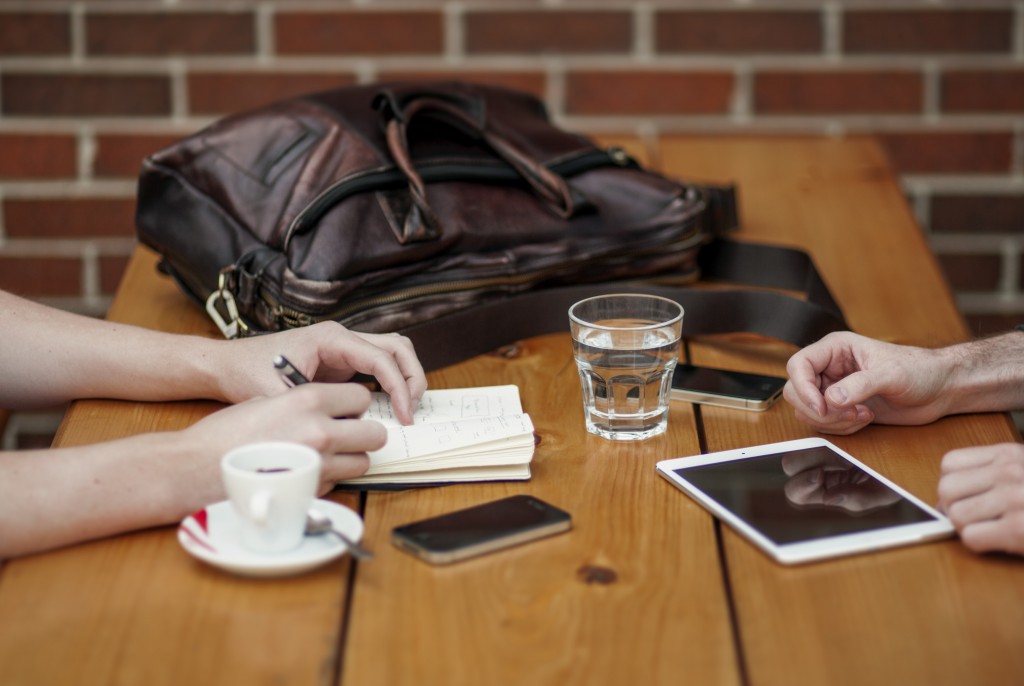Photo Credit: Alejandro Escamilla
Most companies value creativity and want to capture the generative powers of novel ideas for their employees and businesses. And yet, we’ve only begun to grapple with how to bring the complex powers of creativity into our offices. The main challenge is the mechanics of how it works still remains elusive. And if we don’t understand the mechanics of creative production, how can we thoroughly encourage it in our teams? Right now, most companies aren’t, at least not successfully.
A recent Harvard Business School study surveyed 3,500 companies and found that few employees were given incentives, time or resources to creatively solve business problems or seek new paths of innovation. Even Google, the world’s most innovative company, whose leaders are vocal champions of group work and collaboration, recently released a study of its own methods for organizing collaborative group work and surprisingly concluded there were no clear patterns for productive group work.
Part of the problem, say some neuroscientists, is we shouldn’t start with the group, team or company to study creativity. We’ve got to think small, at the level of the individual. We’ve got to grapple with the ways our individual brains churn out ideas, take imaginative leaps on smaller problems before we tackle understanding how groups can best come up with new product lines and ideas.
In their new book Wired to Create: Unravelling the Mysteries of the Creative Mind, Scott Barry Kaufman and Carolyn Gregoire reinforce this point. In their analysis, understanding the models we use in our daily lives, predicts, to some degree, how well we can expect to accomplish at work:
“We are, all in some way, wired to create everyday, and that everyday life presents opportunities to exercise and express that creativity. This can take the form of approaching a problem in a new way, seeking out beauty, developing and sticking to our own opinions (even if they are unpopular), challenging social norms, taking risks, or expressing ourselves through personal style.”
A personal style? Yes, Kaufman and Gregoire suggest there is a relationship between professional creative output, the projects we finish, the ideas we follow through to completion, and what they describe as a general creative style or sensibility. How we run our personal lives and solve our own problems. So, for example, if we spend our weekend mostly binge-watching television, or if we mostly go out and drink with friends, this will impact our overall creative personal style we use at the office:
“People who engage in a creative lifestyle—perhaps by drifting off in daydreams, taking photographs just for fun, talking passionately about personal goals, writing thoughtful cards or letters to friends or family, keeping a journal… tend to be more open minded, imaginative, intellectually curious, energetic, outgoing, persistent and intrinsically motivated by their activity,” according to the co-authors.
So, while we prep for the weekend, take some time to think about what your personal style is. Whether it’s a nonstop schedule of surfing, some fun-filled family time or even Netflix binging, however you spend your Saturday and Sunday will probably dictate your Monday as well.

Comments ( 0 )